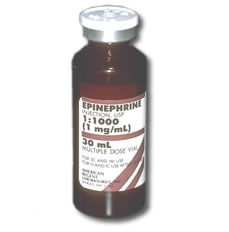Hello!
I was looking for studies or any supported scientific data/studies that shows why 1:10000 solution IV/IO is preferred in Arrest setting over 1:1000?
I herd multiple accounts stating various things without any material to support it. Here is some of the things that I herd:
1-1:10000 has the Saline in it to help propel the medication further into the central circulation. Thus don't have to follow up with Syringe NS boluses.
2-1:1000 Epi given IV can cause phlebitis, necrosis and all kinds of havoc if given IV. Thus avoid giving 1:1 1mg per 1ml epi IV.
3- To avoid medication errors. Prefilled syringes offer idiot proofing.
Science/Data backing would be appreciated why 1:10000 is the preferred solution in arrest setting.
I was looking for studies or any supported scientific data/studies that shows why 1:10000 solution IV/IO is preferred in Arrest setting over 1:1000?
I herd multiple accounts stating various things without any material to support it. Here is some of the things that I herd:
1-1:10000 has the Saline in it to help propel the medication further into the central circulation. Thus don't have to follow up with Syringe NS boluses.
2-1:1000 Epi given IV can cause phlebitis, necrosis and all kinds of havoc if given IV. Thus avoid giving 1:1 1mg per 1ml epi IV.
3- To avoid medication errors. Prefilled syringes offer idiot proofing.
Science/Data backing would be appreciated why 1:10000 is the preferred solution in arrest setting.

